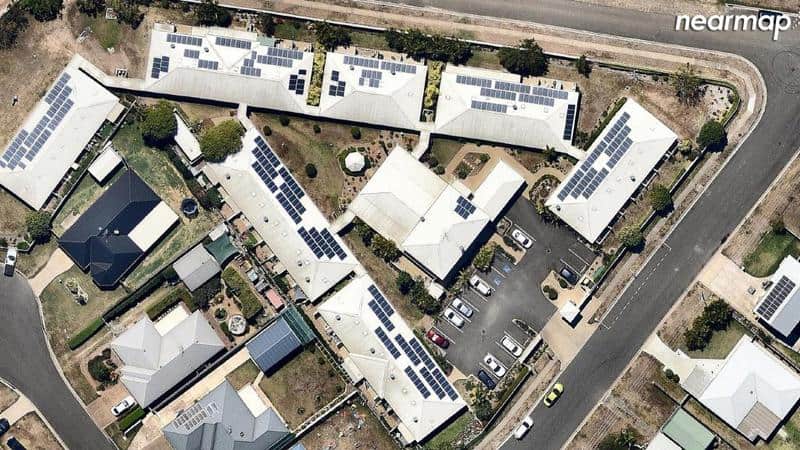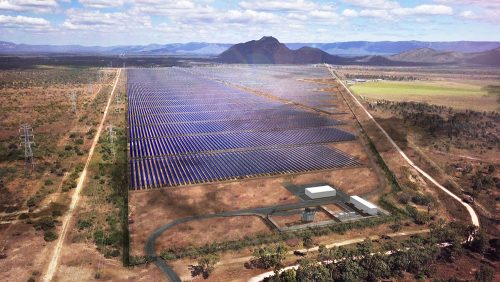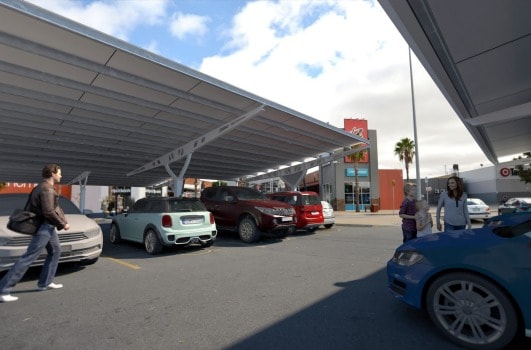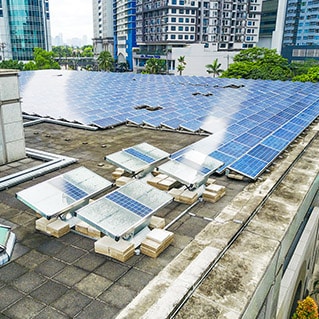Blockchain tech provider Power Ledger in Puerto Rico – the Australian company are looking to help the struggling Caribbean island with its ongoing energy woes by implementing their technology into microgrid resources.
Power Ledger in Puerto Rico
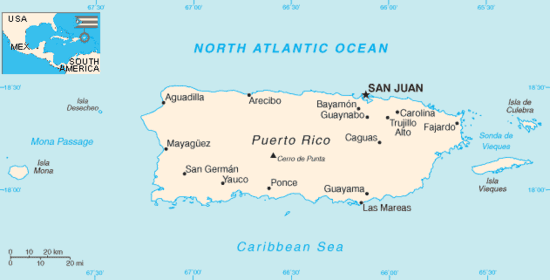
We posted about Tesla’s input last October when they had a look at a microgrid in Puerto Rico – apart from the initial six, we haven’t seen many more of the Tesla Powerpacks installed – although hundreds of Powerwalls were also sent to help. Since PREPA (Puerto Rico Electric Power Authority) has a $9 billion USD in debt to Wall Street it’s a difficult situation for PR.
According to Bloomberg, Power Ledger have hired Dante Disparte, a Puerto Rican grid resiliency and security expert who is also CEO of advisory firm Risk Cooperative. Disparte spoke of the need to shore up the grid before any further problems – noting that it won’t be long until Puerto Rico sees more wild weather:
“The next hurricane season is but three weeks away and the grid is not reliable — that is part of the urgency,” said Disparte.
Power Ledger are working with factories and regulators to help companies on the island buy solar panels and battery storage. They’ll then use the blockchain technology to allow companies to trade energy with each other, and to sell supplies to employees or the community. This exchange will be able to take the forms of non-traditional (or, depending on which way you look at it, very traditional) exchange – for example you’ll be able to buy power via cash, cryptocurrency (e.g. Bitcoin or Ethereum) or even labour.
Puerto Rico Electric Power Authority CEO Walter Higgins said in an interview last week that it will be another couple of months until they finish restoring electricity to the remaining 25,678 customers still in the dark following the storms ~8 months ago. So obviously they need to start looking at measures that will help them next time there’s a problem.
Disparte said this isn’t going to be about “just building back the old grid waiting for the next crisis and the next wave of financial constraints.” They’re trying to completely change the way Puerto Rico can address issues like this in the future and this is an inspiring real-world usage of this technology.
Power Ledger’s investors will be able to make investments in Puerto Rico energy assets later this year using their POWR tokens. If you want to learn more about it please click here to view our article on Power Ledger.

